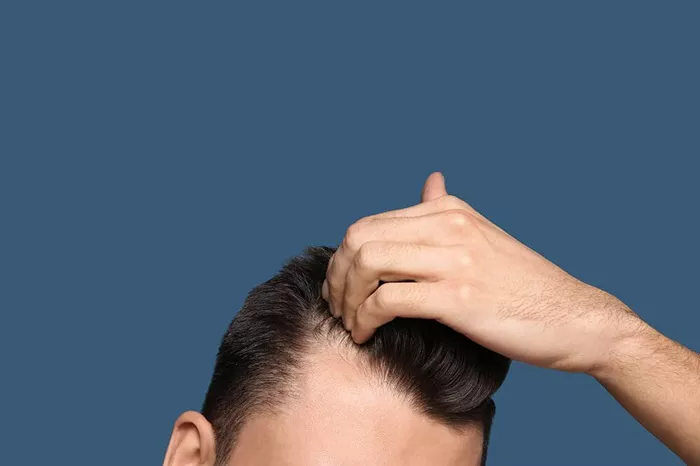A receding hairline can be a frustrating experience for both men and women. It can lead to a loss of confidence and self-esteem, and can even result in depression. While a receding hairline is often associated with aging, it can also be caused by a variety of other factors such as genetics, stress, and poor hair care habits. Fortunately, there are several ways to cure a receding hairline and restore your hair to its former glory.
Understanding Receding Hairline:
A receding hairline is a condition where the hairline begins to move backward, typically at the temples and the crown of the head. This can result in a more pronounced forehead and a thinning of the hair on the top of the head. While a receding hairline is often associated with aging, it can also be caused by genetics, stress, and poor hair care habits.
Causes of Receding Hairline:
Genetics: The most common cause of a receding hairline is genetics. If your family has a history of baldness or thinning hair, you are more likely to experience a receding hairline.
Hormonal changes: Hormonal changes can also contribute to a receding hairline. For example, men who have high levels of testosterone are more likely to experience hair loss.
Stress: Stress can also contribute to hair loss. When you are under stress, your body produces cortisol, which can lead to hair loss.
Poor hair care habits: Poor hair care habits can also contribute to a receding hairline. For example, using harsh chemicals on your hair or pulling it too tightly can lead to hair loss.
Curing Receding Hairline:
Minoxidil: Minoxidil is a topical medication that is applied to the scalp to stimulate hair growth. It is available over-the-counter and has been shown to be effective in treating a receding hairline.
Finasteride: Finasteride is a prescription medication that is taken orally to treat hair loss. It works by blocking the production of DHT, a hormone that is responsible for hair loss.
Hair transplant: A hair transplant is a surgical procedure that involves taking hair from one part of the scalp and transplanting it to the area of the scalp that is experiencing hair loss. This procedure is typically reserved for more severe cases of hair loss.
Laser therapy: Laser therapy is a non-invasive treatment that uses low-level lasers to stimulate hair growth. It is typically used in conjunction with other treatments, such as minoxidil or finasteride.
Hair care habits: In addition to medical treatments, there are several hair care habits that can help to prevent and treat a receding hairline. For example, using a gentle shampoo and conditioner, avoiding harsh chemicals, and avoiding tight hairstyles can all help to prevent hair loss.
Conclusion:
A receding hairline can be a frustrating experience, but it is not something that you have to live with. There are several ways to cure a receding hairline, including medications, surgical procedures, and non-invasive treatments. In addition to medical treatments, there are also several hair care habits that can help to prevent and treat a receding hairline. If you are experiencing hair loss, it is important to speak with a hair therapist or a healthcare provider to determine the best course of treatment for your individual needs.


